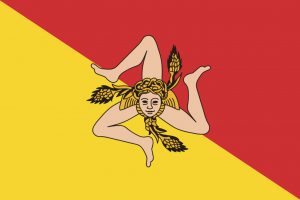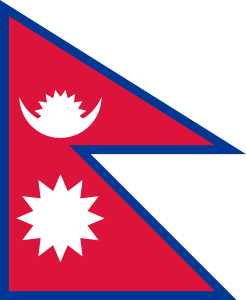![]()
Reading time: 3 Minutes
National Flag Day
We noticed on the news that the USA celebrated their National Flag Day yesterday on 14th June and it set off a flurry of Googling (yes that’s now a verb) in the office regarding flag identity, patriotism and what a flag means to a country and its people.
Now I’m no Vexillologist (a studier of all thing flag related and yes I only found that out today too) but if I may, I thought I’d share some of the interesting facts we found regarding National Flags. If nothing else it will give you some kudos at a dinner party in the coming years when you relax gently backward in your seat, holding a glass of port and relay your flag wisdom to an awe-struck table of friends.
Old Glory

Donald Trump hugs ‘Old Glory’.
We have recently seen Donald Trump hugging the American flag, often referred to as the ‘Stars and Stripes’ or ‘Old Glory’ (the flag not the man). The addition of orange to the flag is one of many iterations to the US flag over the years. The US national flag is the most amended national flag in the world, having been through 32 iterations, mostly due to the addition of individual states to the ‘Union’. The current flag is made up of 13 stripes, representing the original 13 colonies, and the 50 stars representing the States of the Union.
Other National Flags that have seen a host of iterations over the years are Afghanistan with 24, Venezuela with 17 and Azerbaijan with 15. In contrast the UK have only ever had 2.
The Union Flag
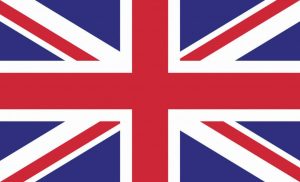
The Union Flag in its current form.
The UK have no similar national flag day although the history of the Union Flag makes for a very interesting read. Did you know that the Union Flag was created in 1606 when the English monarch Elizabeth I died, not having married and having no children. King James VI of Scotland inherited the English and Irish thrones, uniting the three nations. The three kingdoms remained separate states but the Cross of Saint George (white flag and red cross) was combined with the Scottish flag (blue background and white diagonal cross) to create the original Union Flag. The old Irish flag (white background with a red diagonal cross) was added in 1801 after the Act of Union with Ireland to create what we now know as the Union Flag.
Our national flag is often referred to as the Union Jack but as many a pub quizzer will attest to, the Union Jack arguably has its roots entrenched in maritime history, only being referred to as the Union Jack when being flown from the bow or forepart of a ship.
Shiver Me Timbers
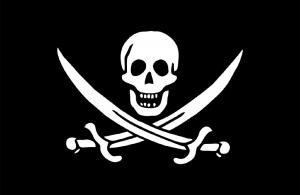
The modern ‘Jolly Roger’ skull & crossbones Pirate flag.
Obviously flags are used to represent a lot more than just a national symbol. They are used worldwide to represent political, religious, social, sports, military, and cultural organisations.
A skull and crossbones, known as the Jolly Roger, was used to signal piracy but the origins of the pirate flag go further back than this. The earliest pirate flags actually bore no designs, but were flags of solid red or black. The origin of the red flag can be traced back to the English privateers of the late 1600s, who were required to fly red flags to distinguish their vessels from those of the Royal Navy. Many of these privateers later turned to piracy and continued to use the red flag. Other pirates chose to fly a black flag. Black, of course, has long been associated with death, and black flags were often flown at the time by ships containing plague victims as a warning to stay away. By flying a black flag, a pirate was saying that his ship, too, was a “death ship”. The red flag, when used by pirates, came to mean “no quarter given”, meaning that no mercy would be shown and no life would be spared, while a black flag usually meant that those who surrendered without a fight would be allowed to live.
Front Runners
Strangely, the oldest National Flag in existence, and also the only National flag to have never changed in design is the Danish Flag or ‘Dannebrog’. Created in the 14th century the ‘Nordic Cross’ was the design inspiration for most other Scandinavian flags such as Sweden, Iceland, Norway & Finland.
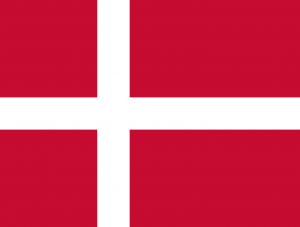
The Danish Flag.
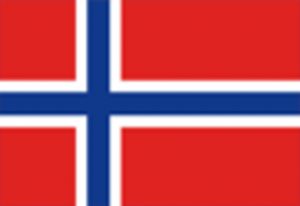
The Norwegian Flag
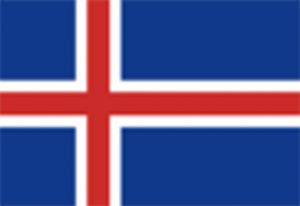
The Icelandic flag
Copycats
There are many other occurrences of similar or identical flag designs. Some have historical relevance such as the flags for Colombia, Equador and Venezuela, which were originally grouped as ‘Gran Colombia’ when Francisco de Miranda had plans to unite south America as one nation. Others such as Romania and Chad have previously been in dispute, with Romania having added and then removed a cost of arms to the flag, leaving the current flag identical, except for colour specification, to the Chad flag. Have a look at some of these examples:
Colombia/Equador/Venezuela.
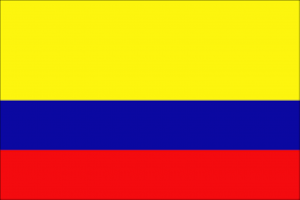
The Colombia Flag.
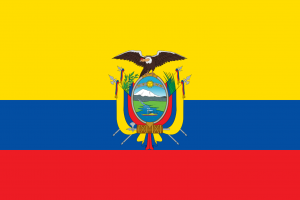
The Equador Flag.
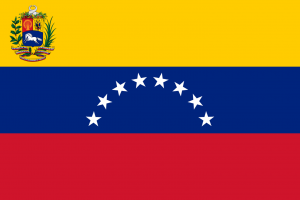
The Venezuela Flag.
Romania/Chad.
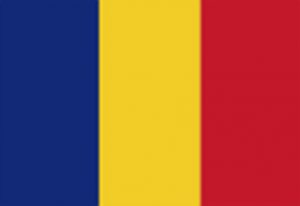
The Romania Flag.
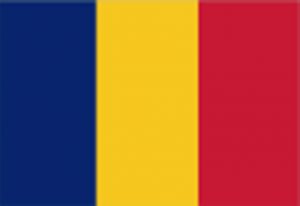
The Chad Flag.
Senegal/Cameroon
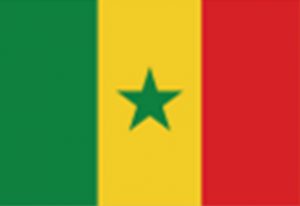
The Senegal Flag.
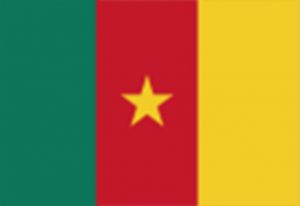
The Cameroon Flag.
Ireland/Ivory Coast.
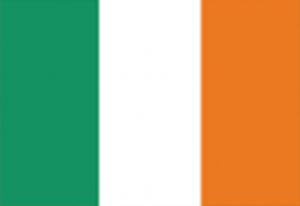
The Republic of Ireland Flag.
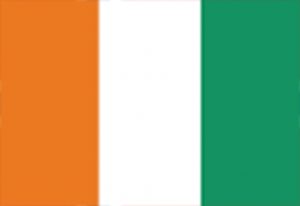
The Coté D’Ivoire (Ivory Coast) flag.
It would of course be very unusual to have 195 national flags that bore no resemblance to each other. There are many common designs from horizontal or vertical stripes to the use of a vast array of symbols. Across the full range of National Flags there are 530 rectangles, 92 stars, 46 equilateral triangles, 19 suns, 19 crosses, 14 crescents and 14 circles to name a few. There’s even an AK-47 on the flag of Mozambique to symbolise defense and vigilance!
Here’s an interesting one. The Filipino flag is flown with the red stripe up in times of war and the blue stripe up in times of peace.
Flag Colours
The most used colour in National Flags is red, then blue, then white, followed by green, yellow and black. On many flags the colours are used to represent symbols relative to the country. They may represent something historical, cultural or ethical. For instance, the Icelandic flag colours represent Volcano (red), Snow (white) and Sea (blue), whereas the same colours on the Samoan flag represent Bravery (red), Purity (white) and Freedom (blue). Others are more literal such as Botswana whose colours represent Rain (blue) and Zebras (black and white). The use of 3 colours is the most popular across all National Flags.
The combination of colours and symbols within flags can make some instantly recognisable worldwide and can often give a clue to its geographic location. Many south American flags incorporate yellow more than any other area, whereas African flags tend to include various shades of green. Unsurprisingly the majority of European flags tend to incorporate a mixture of red, white or blue as their primary colours.
So there you go. A few golden nuggets for you to store away until needed. As a final hurrah, here’s one for you budding Vexillologists (I couldn’t help myself). These are two of the more unusual flags but representing places you are very likely to know. What countries do they represent?
